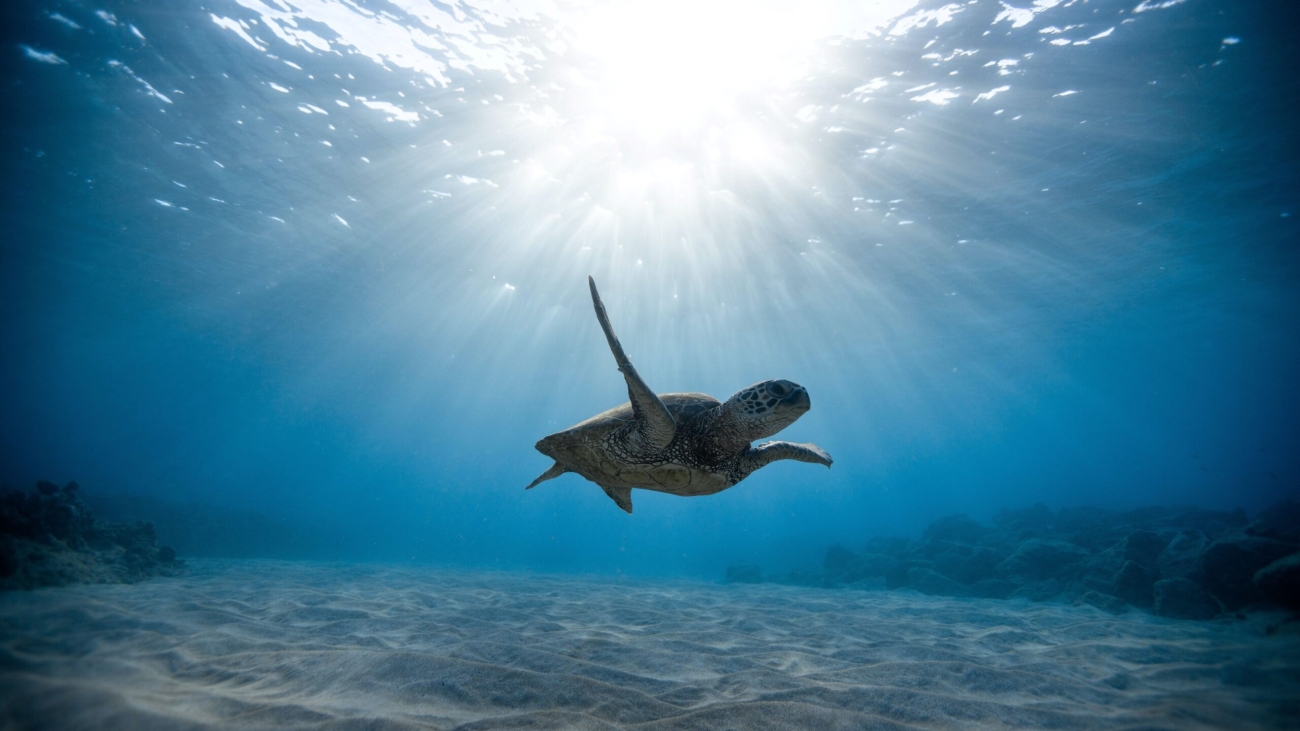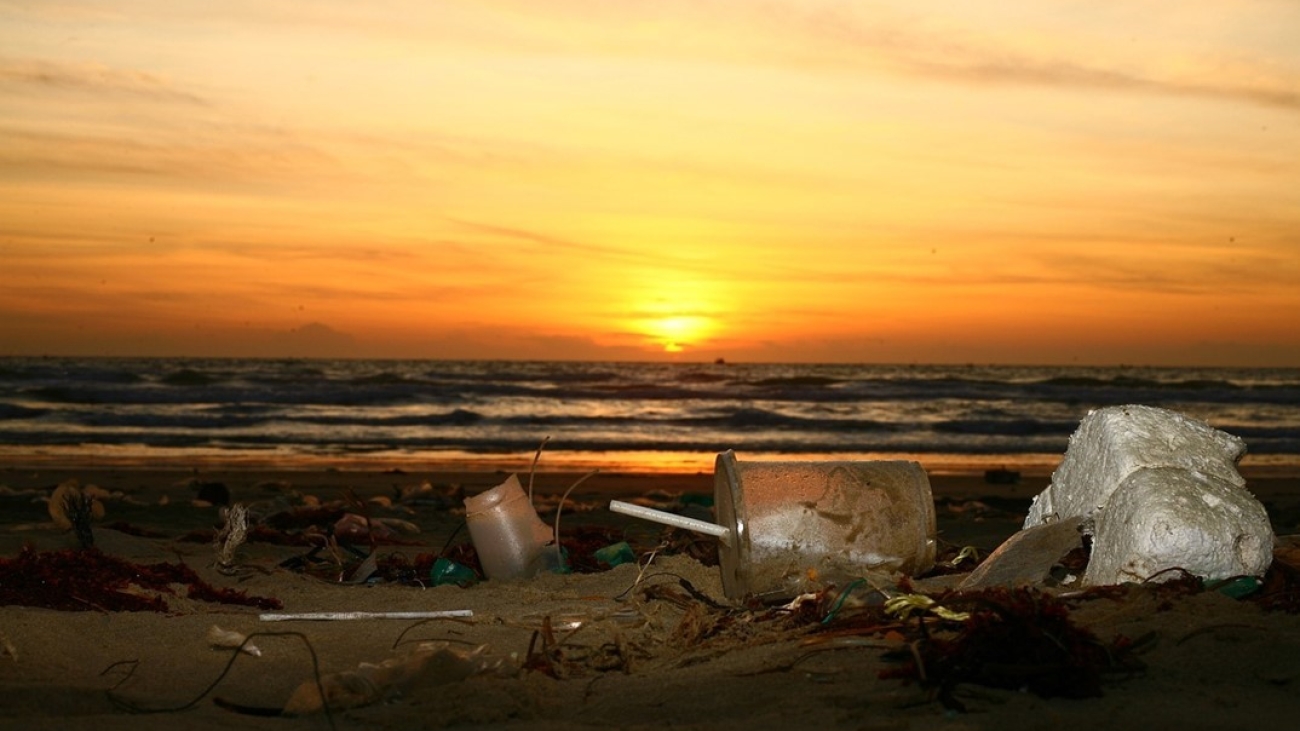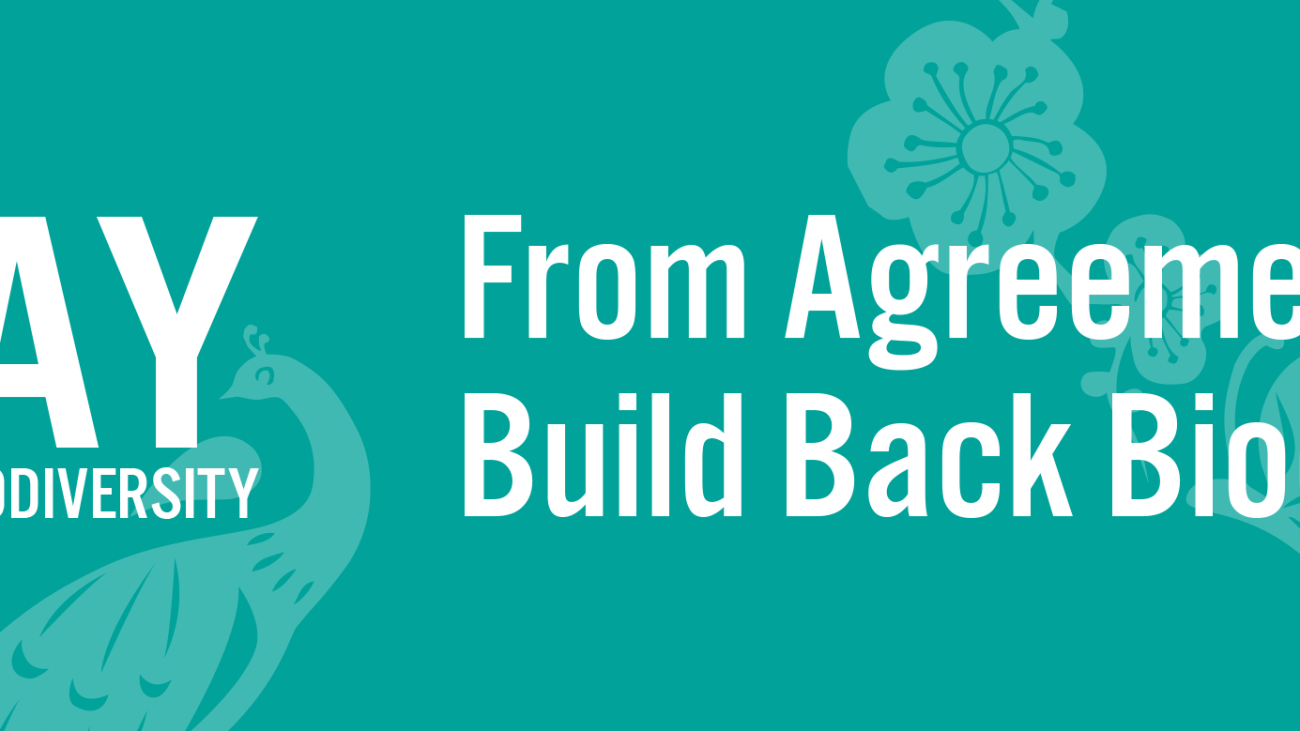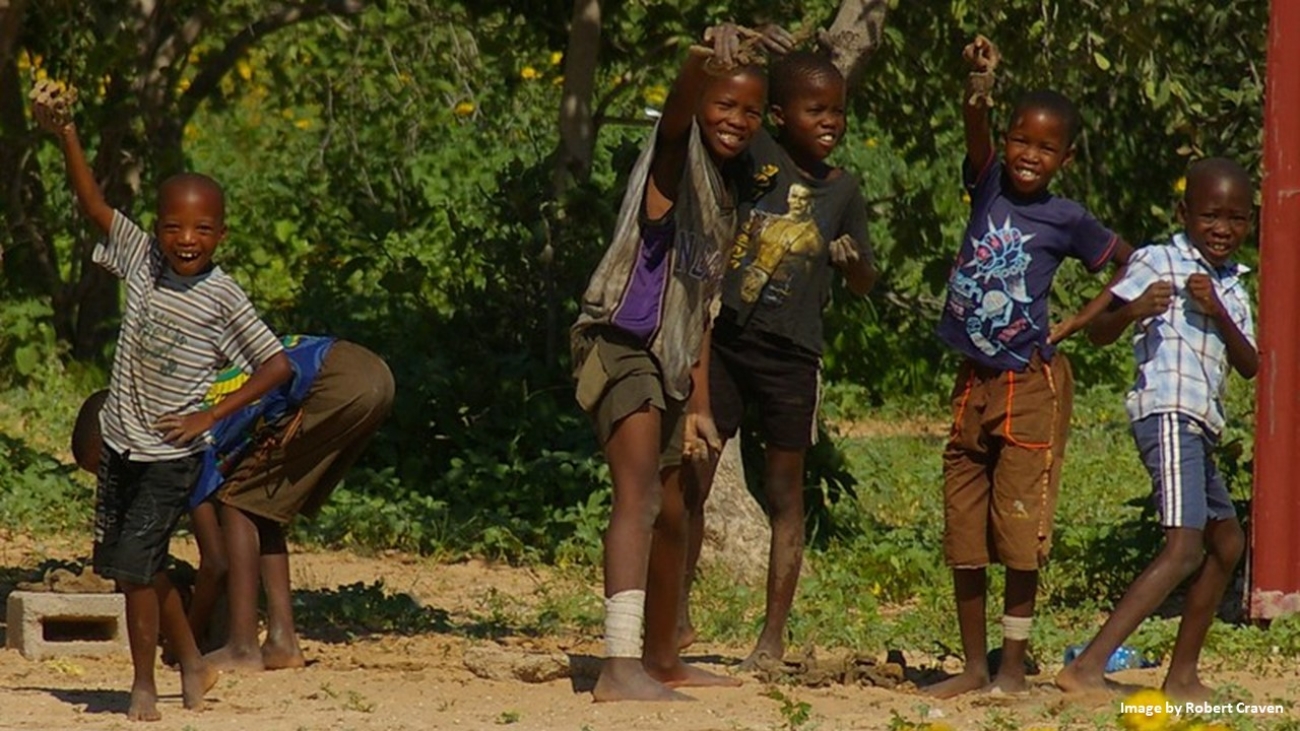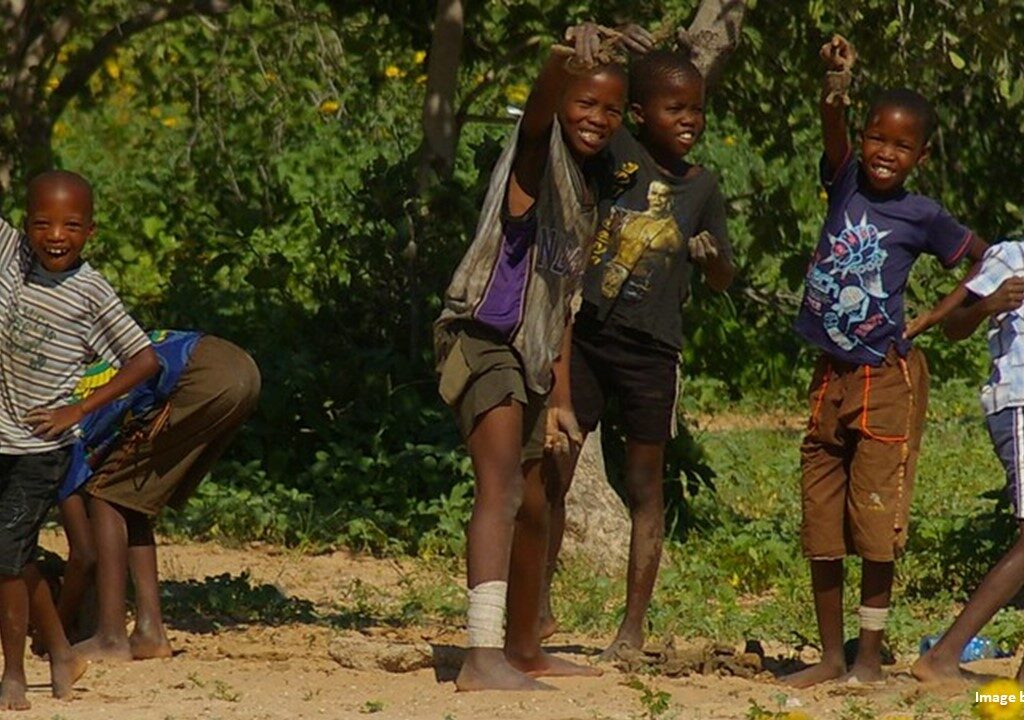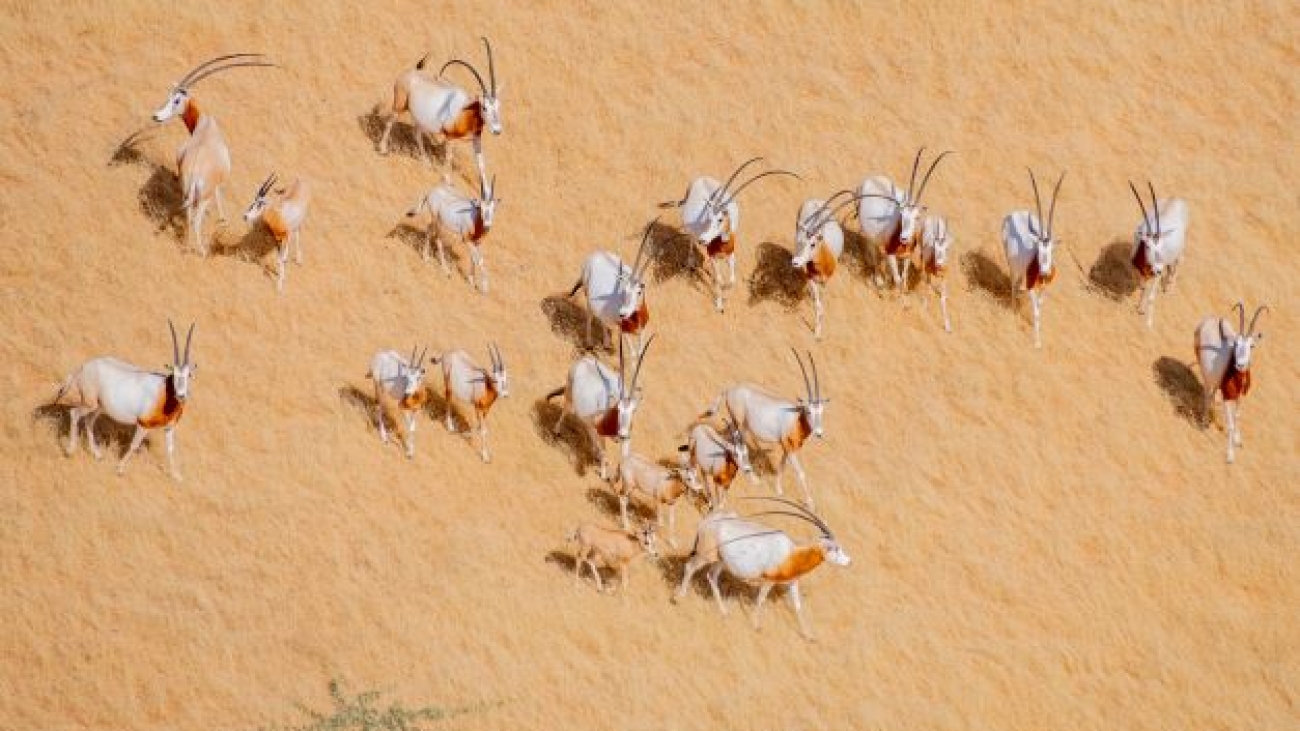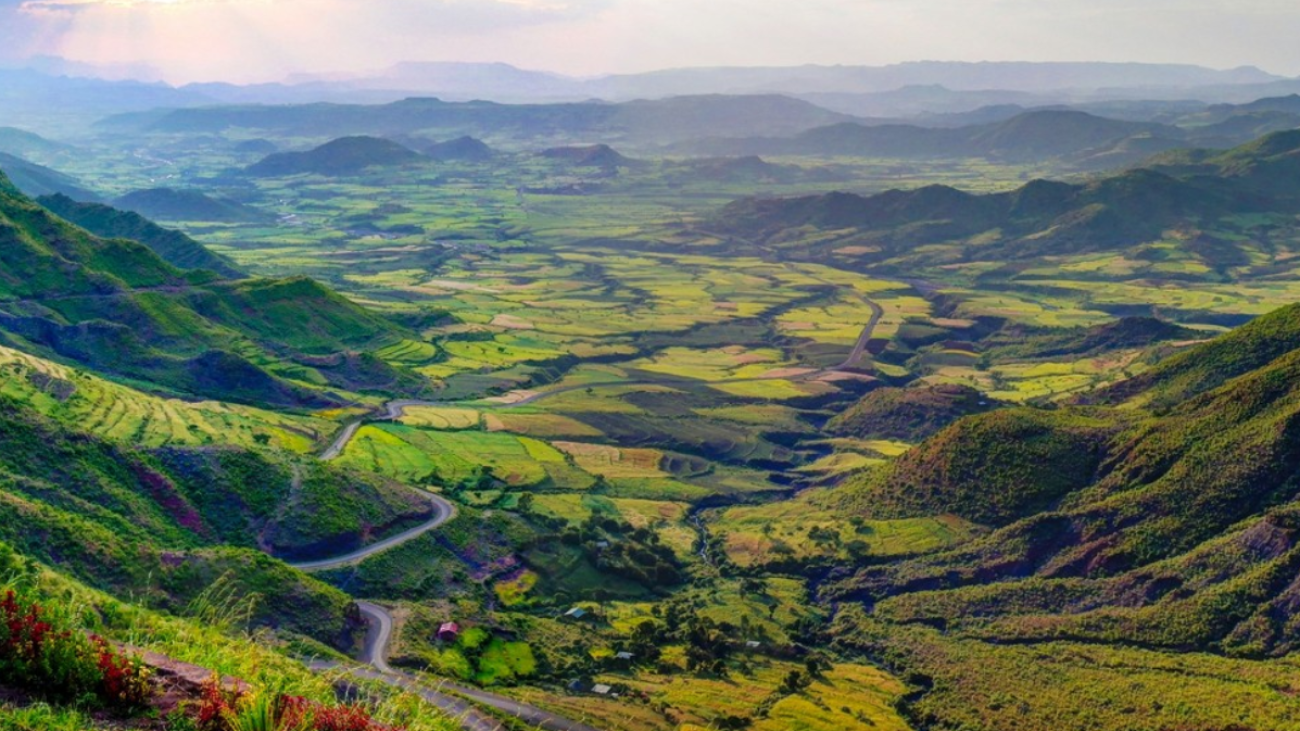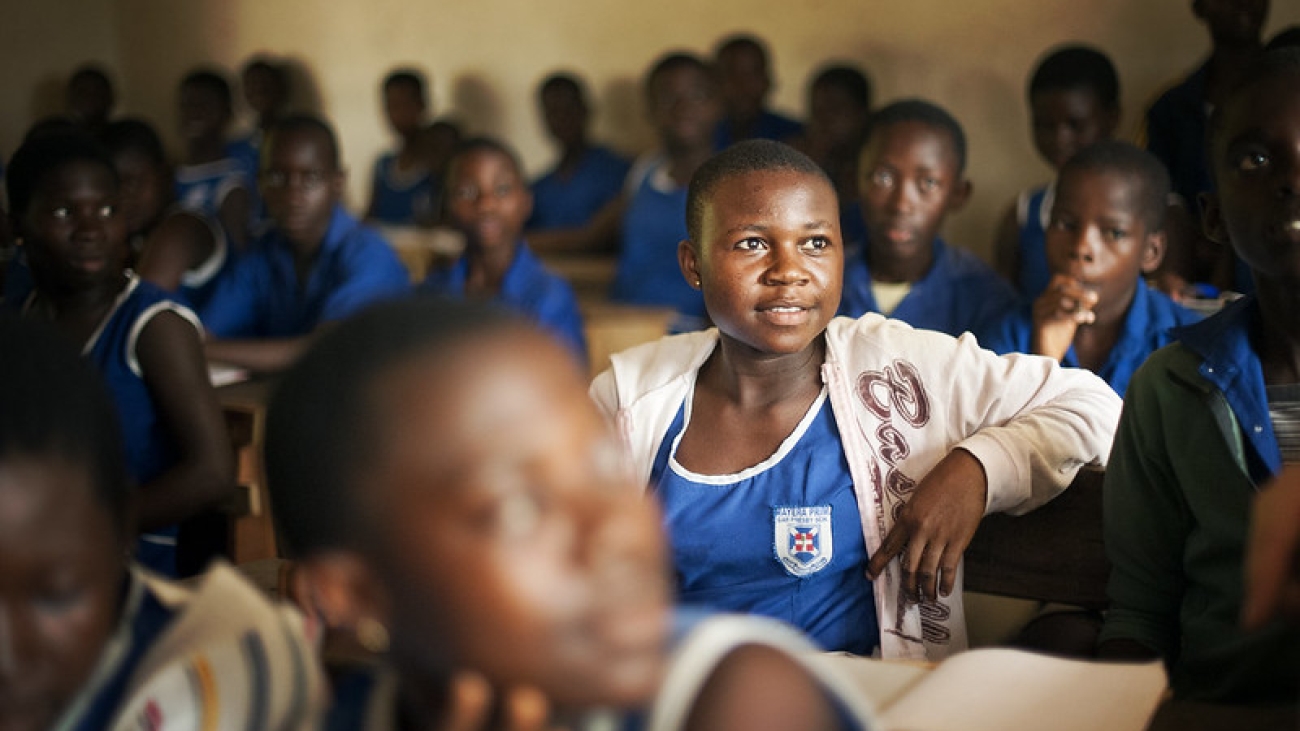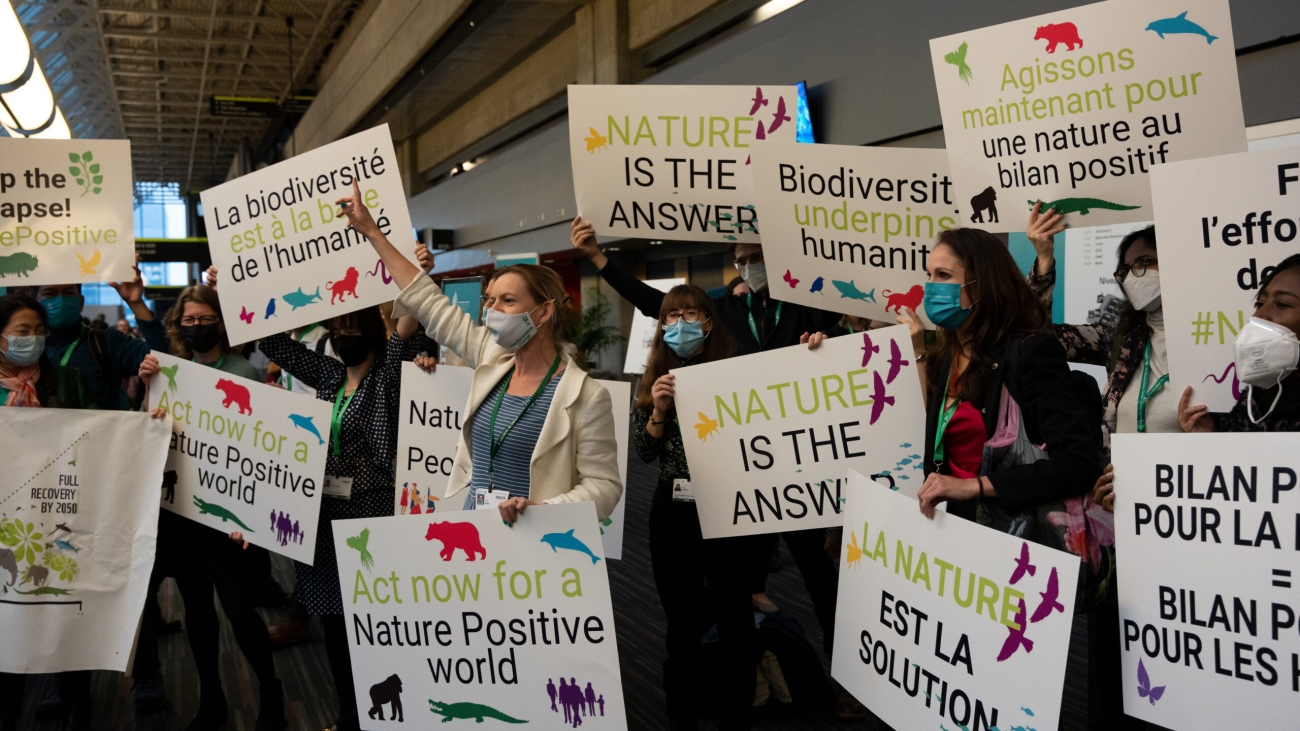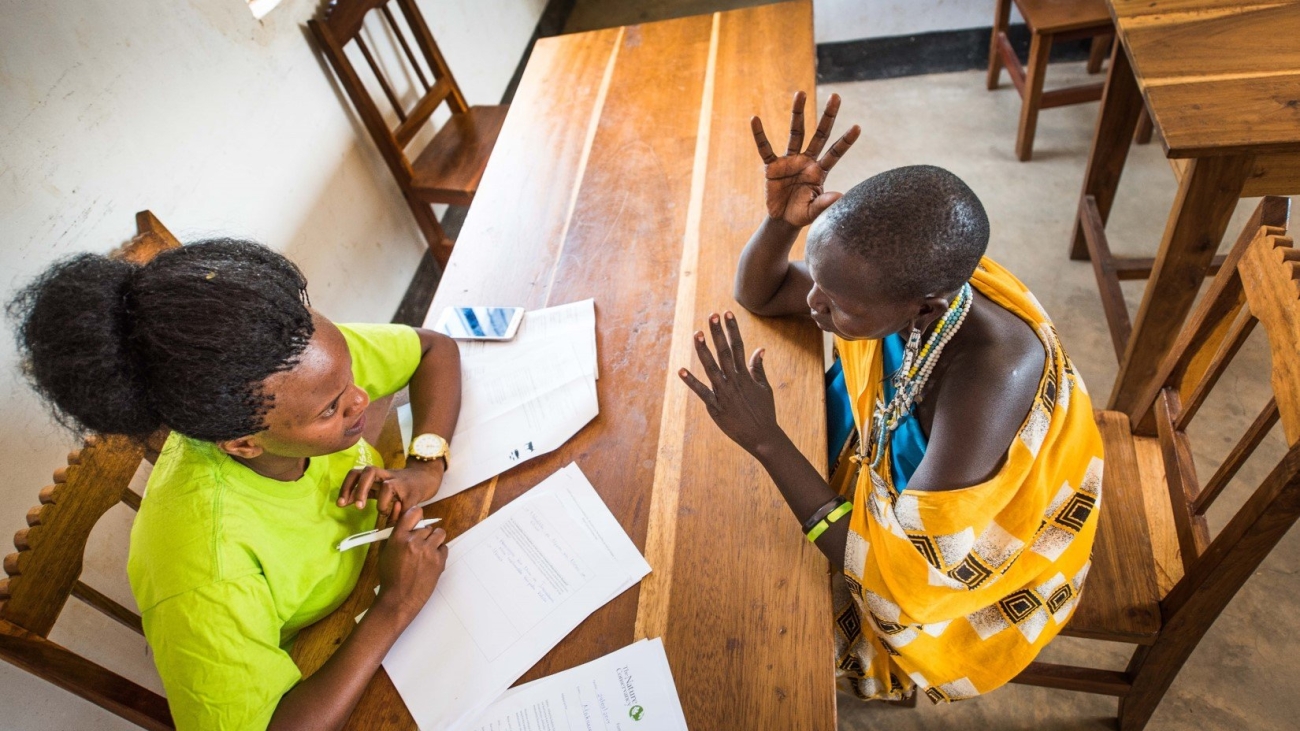The 2023 World Environment Day theme is Beat Plastic Pollution and it calls for global solutions to combat plastic pollution. Since its commercial development in the 1950s, the global production of plastic has been growing exponentially. Its success comes from its remarkable qualities which are, ease of shaping, low cost, and mechanical resistance among others. Approximately 36% of all plastics produced is used in packaging, including single-use plastic products for food and beverage containers. In a report published by WWF, plastic has been identified as the most damaging product polluting the environment with about 85% of all plastic produced ending up in landfills or as unregulated waste.
How do plastics end up in our environment in the first place? For instance, it is estimated that 80% of marine litter comes from land and mainly from household waste, which is poorly recycled, dumped in landfills, or abandoned in nature. Every year, 51 million tonnes of plastics leak into nature, and up to 13 million tonnes spill into the ocean. Hundreds of thousands of marine animals are killed by plastic each year, and microplastics are contaminating our soil, water, and food. Plastic pollution continues to threaten our planet’s biodiversity. The earth is home to millions of species of plants and animals which must be protected but plastic is harming these vital ecosystems.
To address plastic pollution, the global community is proposing measures to control eliminate, reduce, or safely manage, and circulate plastics. Addressing the plastic pollution could involve the following measures;
Address the root causes: An increase in the production of single-use of plastic has been the main cause of plastic pollution globally. Reducing, reusing, and recycling the amount of plastic that is being consumed, especially single-use plastics, could bring us one step closer to a plastic-free society.
Seek alternatives like glass which are recyclable, doesn’t leech toxins into contents, uses less energy to recycle than create, and is long-lasting, strong, and durable.
System shift. Research shows that a shift to a circular economy can reduce the volume of plastics entering the ocean by over 80 percent and it can also reduce greenhouse gas emissions by 25 percent. Combining the reduction of problematic and unnecessary plastic usage with a market shift towards plastic circularity could help to tackle the plastic crisis.
Involvement of government, business, and civil society: Governments can introduce laws that ban single-use plastics and implement better waste management systems to help with recycling. Businesses can strive to move towards a circular economy as well as stimulate a reduction in plastic consumption and respond to consumer demand for responsible products and also addressing their environmental footprint. Civil society can raise awareness and take action on plastic pollution.
As we celebrate World Environmental Day this year, lets unite to tackle plastic pollution. An ambitious Global Plastics Treaty can help countries around the globe to transform the way they produce, consume, and dispose of plastics. Together, we can build a more sustainable future and safeguard biodiversity on which all life depends. Together, we can beat plastics pollution.

